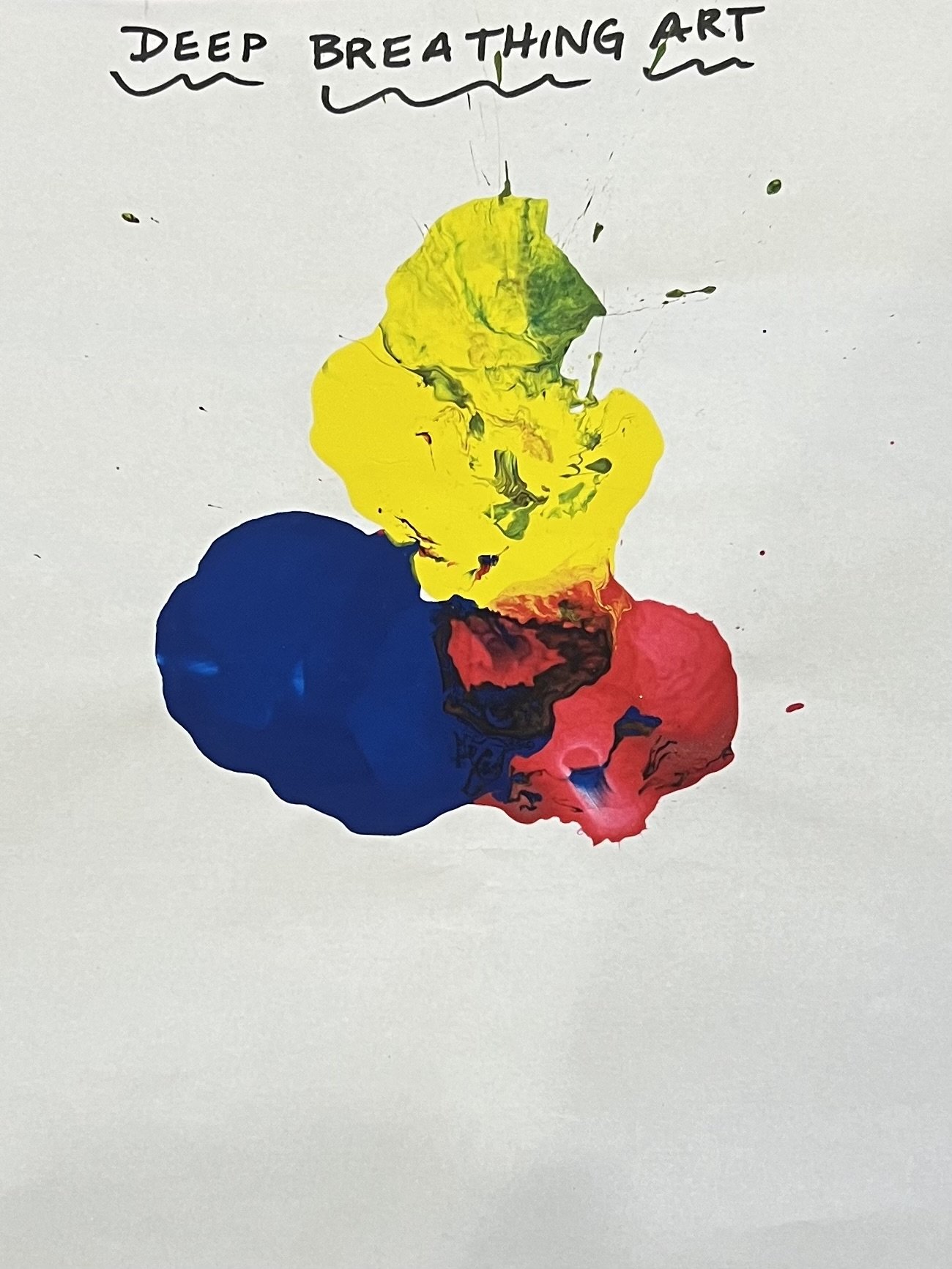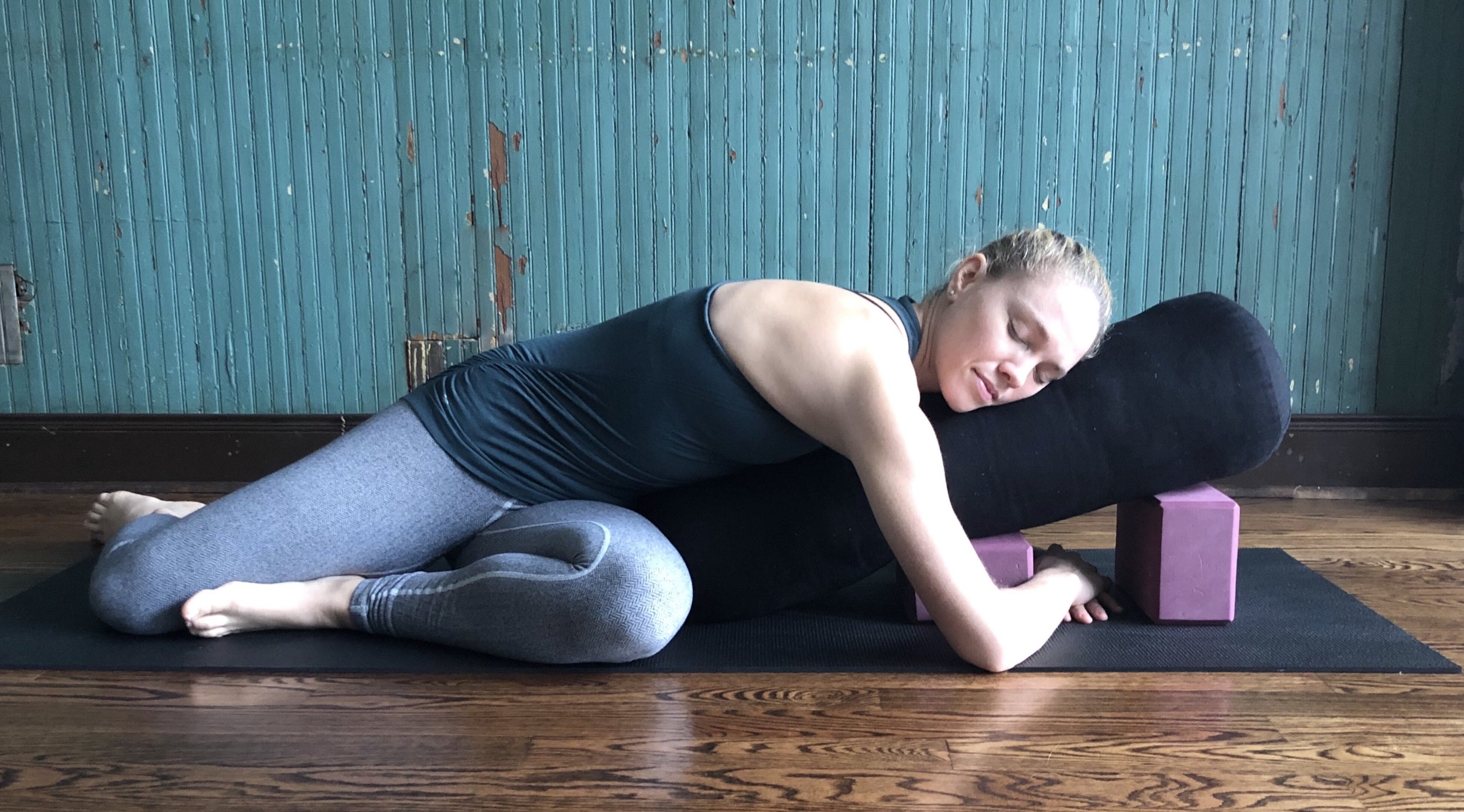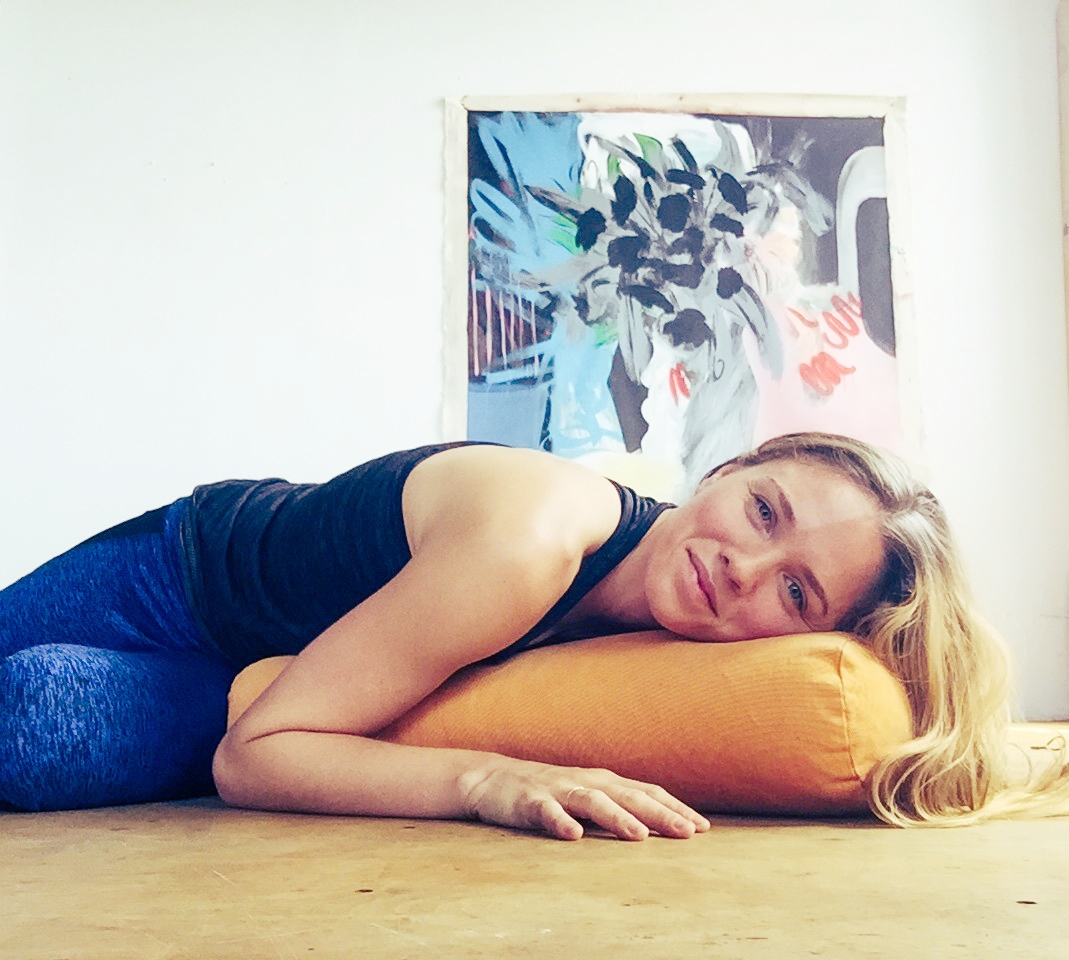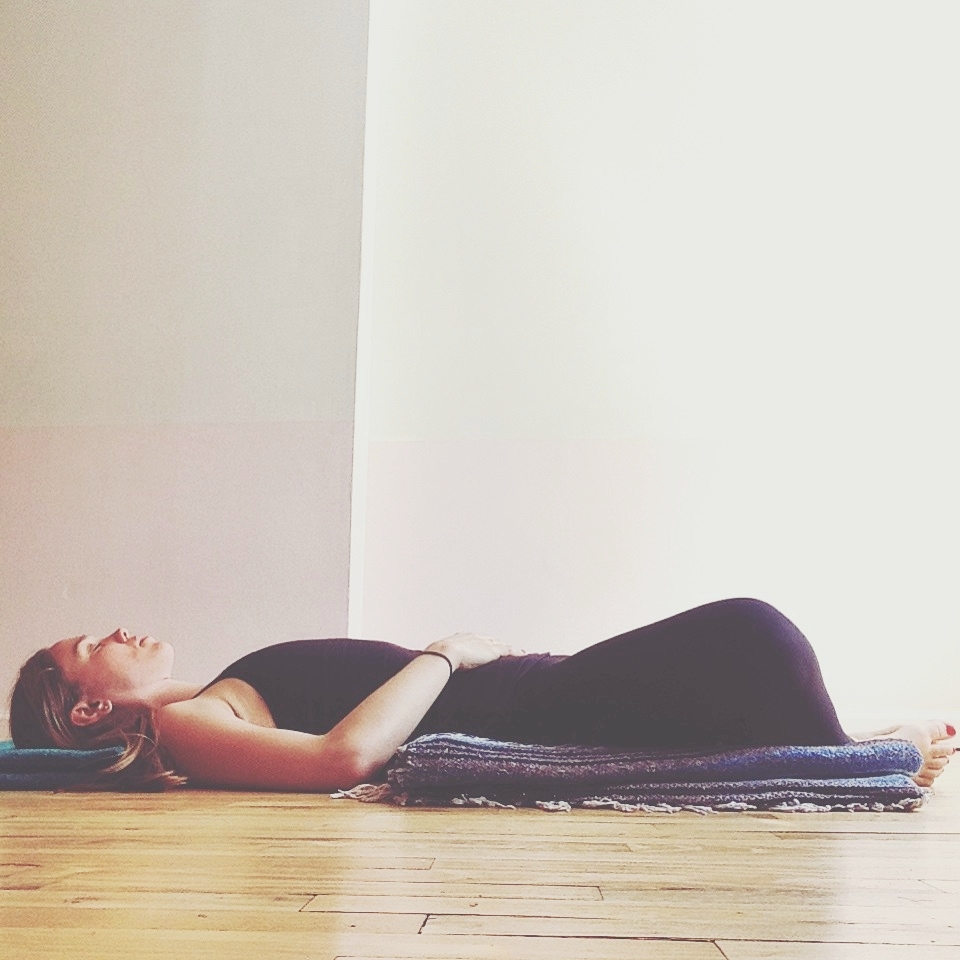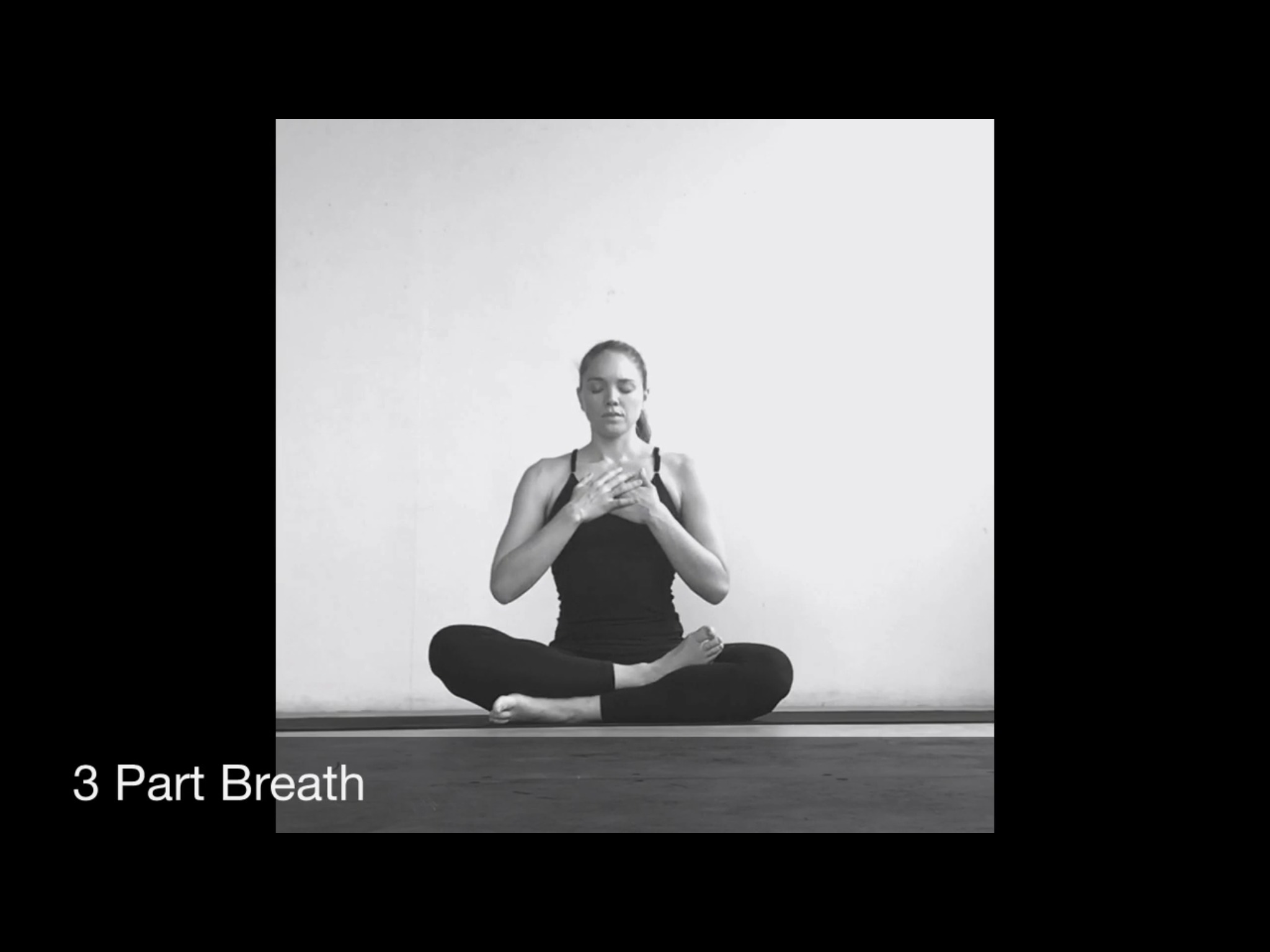Alternate Nostril Breathing, Nadhi Shodhana Pranayama, is a calming and grounding breathing exercise.
This simple yet powerful practice is a wonderful way to chill out the nervous system. Alternate Nostril Breathing is a holistic way to wind down after a stressful day or event.
Just a few minutes of this practice will leave you feeling balanced and restored.
See below for the step-by-step video guide, list of benefits, and written instructions. Give this balancing practice a try to replenish energy and find instant stress-relief.
Alternate Nostril Breathing offers a variety of benefits. Give this calming pranayama a try to relieve stress and anxiety.
Benefits of Nadi Shodhana:
Reduces stress & anxiety
Balances the right and left hemispheres of the brain
Rejuvenates the nervous system
Improves respiratory function
Replenishes energy
Let’s Try it:
Find a comfortable seat
We will use the right hand to guide the breath: Curl your index and middle finger into the palm of your hand.
Lightly place your ring and middle finger on your left nostril and you thumb on your right nostril.
Close off the right nostril. Breathe in through the left nostril.
Close off the left nostril. Breathe out through the right nostril, then breathe in through the right nostril.
Close off the right nostril. Breath out through the left nostril.
Repeat Steps 4-6 for 5-10 reps. *
Sit in meditation and bring your breath back to a natural cadence. Take note of how you feel post-pranayama practice.
Discontinue the exercise if you become dizzy or light headed. Avoid this practice if your nasal passages are congested.
Alternate Nostril Breathing offers a variety of benefits. Take a few minutes to connect your mind, body, and breath with this powerful pranayama.



